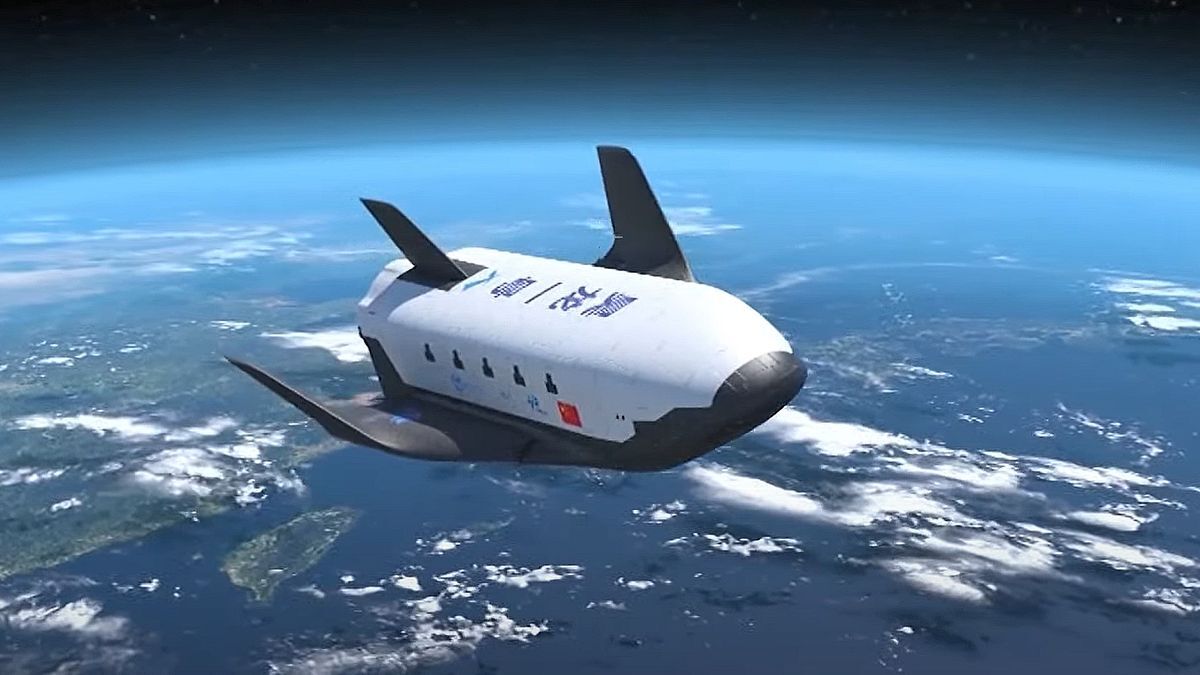China has unveiled the design of a new reusable shuttle to take cargo to and from the country’s space station.
The Haolong space shuttle is being developed by the Chengdu Aircraft Design and Research Institute under the state-owned Aviation Industry Corporation of China (AVIC). It is one of two winning projects stemming from a call for proposals from China’s human spaceflight agency, CMSA, to develop low-cost cargo spacecraft.
China currently uses its robotic Tianzhou spacecraft to send cargo to the Tiangong space station. But, taking a leaf out of NASA’s book to encourage commercial resupply options for the International Space Station, CMSA wanted new, low-cost ideas that can also return experiments and other cargo to Earth, unlike the Tianzhou, which burns up on reentry.
Haolong will launch atop of a rocket and land horizontally on Earth on a runway. The space shuttle measures 32.8 feet (10 meters) long and 26.2 feet (8 m) wide, and weighs less than half of the Tianzhou capsule, which has a mass of up to 31,000 pounds (14,000 kilograms). The winged spacecraft is now in the engineering flight verification phase, meaning its design and systems are under review before being built.
(Update: the video seems not to work for me, but I found the right video on youtube showing how a flight would work.)



The ability to return experiments to Earth will be huge for their scientific programs. Right now the CNSA lacks that capability. Their current cargo vehicle (Tianzhou) is a variant of their space station modules, which themselves are modernized variants of the USSR’s Salyut station module design. I doubt Haolong will be developed into a crew vehicle but I would bet that the lessons learned from it will be used in future crew vehicles.
Update: Found a working video of how a typical flight will go. I added the youtube link to the post. I really like the idea of integrating the solar panels and radiators into folding panels on the top of the spacecraft. That will help immensely with keeping costs down and turnaround time quick. The American Dream Chaser, which is a broadly similar design for a similar-sized uncrewed cargo spaceplane and is due to launch soon on its first test flight, launches with a disposable power and propulsion section that needs to be rebuilt from scratch with each flight. That keeps R&D costs down but it increases per-flight costs and increases the turnaround time.